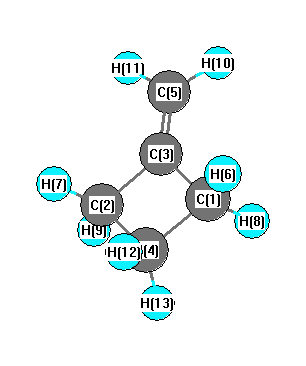.
| squib |
reference |
DOI |
| 1971Fly/Ben:225 |
WH Flygare, RC Benson "The molecular Zeeman effect in diamagnetic molecules and the determination of molecular magnetic moments (g values), magnetic susceptibilities, and molecular quadrupole moments" Mol. Phys. 1971, 20 (2), 225-250 |
10.1080/00268977100100221 |
| 1971Vau:21 |
WE Vaughan, Digest of literature on dielectrics, v.33, 1969, 21 |
|
| 1991She/Dor:237 |
Q Sen, OV Dorofeeva, VS Mastryukov, A Almeninngen "J. Mol. Struct. 246(3-4) 237-245, 1991 |
10.1016/0022-2860(91)80130-V |
| 1995Kuchitsu(II/23) |
Kuchitsu (ed.), Landolt-Bornstein: Group II: Molecules and Radicals Volume 23: Structure Data for Free Polyatomic Molecules. Springer. Berlin. 1995 |
|
| TRC |
Frenkel, M; Marsh, K.N.; Wilhoit, R.C.; Kabo, G.J.; Roganov, G.N.,Thermodynamics of Organic Compounds in the Gas State,Thermodynamics Research Center, College Station, TX, 1994 |
|
| webbook |
NIST Chemistry Webbook (http://webbook.nist.gov/chemistry) |
10.18434/T4D303 |










